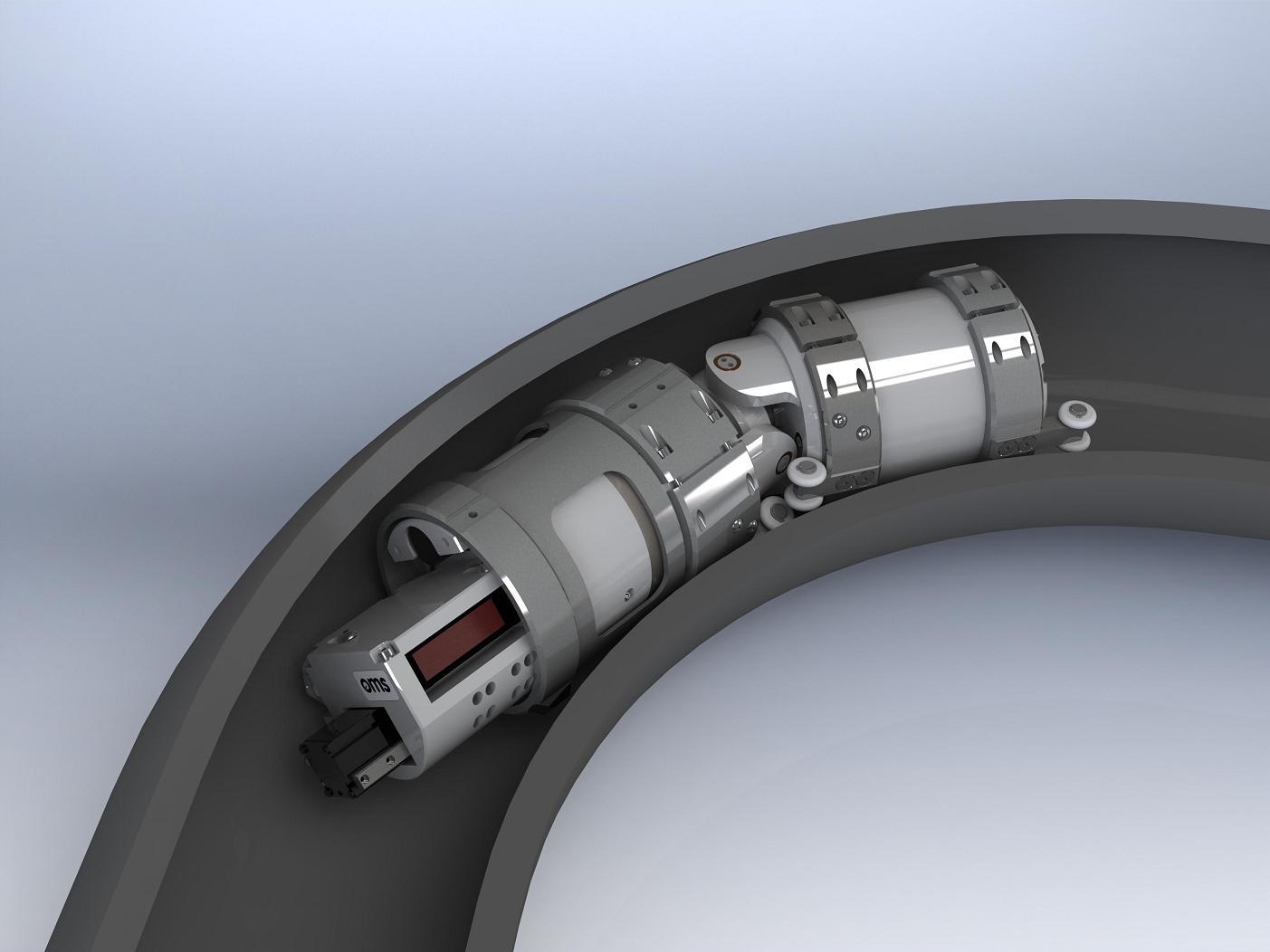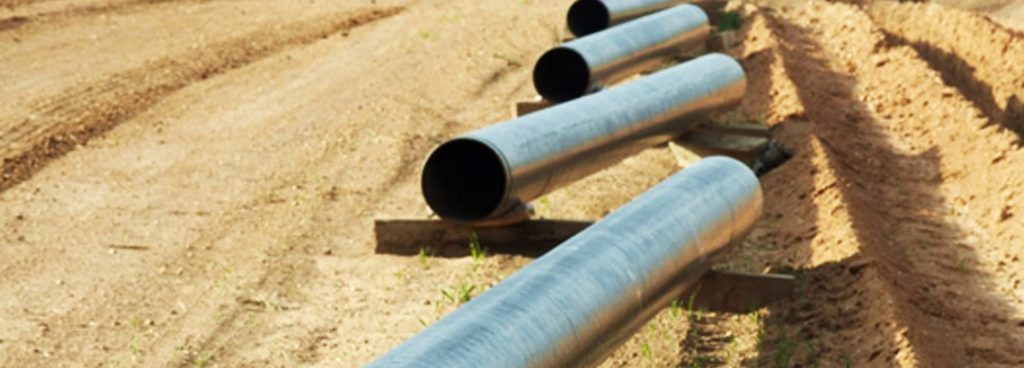Keep Code-Compliant: Expert Pipeline Welding Inspection Tailored to Your Needs
Keep Code-Compliant: Expert Pipeline Welding Inspection Tailored to Your Needs
Blog Article
Comprehensive Review of Pipe Welding Inspection Procedures
Pipe welding assessment procedures play a crucial role in assuring that welded links fulfill strict market standards and specs. From meticulous pre-welding inspections to detailed post-weld analyses, a distinct evaluation process is vital for maintaining the structural soundness of pipelines.
Pre-welding Inspection Preparations
Before starting the welding procedure, extensive pre-welding evaluation prep work are necessary to ensure the stability and high quality of the weld joint. These preparations entail a precise examination of the products to be welded, the welding tools, and the job environment. By performing comprehensive pre-welding examination preparations, potential concerns can be determined and dealt with early on, leading to high-quality and reputable weld joints.
Welding Treatment Credentials
Thorough pre-welding examination preparations lay the structure for the vital process of Welding Procedure Qualification, ensuring the integrity and quality of the weld joint. Welding Treatment Credentials (WPQ) is a vital action in the welding process that entails screening and accrediting welding treatments to assure they fulfill specific standards and demands. The WPQ procedure typically consists of welding procedure specification advancement, welding procedure qualification testing, and documents of the outcomes.
Throughout welding procedure requirements development, essential details such as the welding procedure, welding products, joint design, and welding parameters are defined to produce an extensive treatment. Consequently, welding treatment credentials screening is conducted to validate the proposed treatment's stability. This screening typically entails welding examination promo codes that are subjected to various mechanical and non-destructive tests to analyze the weld's quality and adherence to the defined standards.
In-process Weld Evaluation
During the welding procedure, in-process weld examination plays a crucial role in making sure the high quality and honesty of the weld joint - Pipeline Welding Inspection. This type of assessment includes checking the welding specifications, evaluating the weld grain development, and identifying any kind of possible defects or interruptions as they take place. By conducting in-process weld examinations, welding drivers can promptly deal with any problems that might arise, thus preventing further problems and making certain that the final weld fulfills the required requirements
Common techniques made use of for in-process weld inspection include visual evaluation, liquid penetrant testing, magnetic bit screening, ultrasonic testing, and radiographic testing. Overall, in-process weld assessment is necessary for preserving the top quality and dependability of bonded pipelines.
Non-destructive Screening (NDT)
Non-destructive Screening (NDT) is a vital method employed in pipeline welding assessment to analyze the stability of weld joints without causing damages to the welded framework. By using various NDT strategies, examiners can assess the quality of welds and recognize any type of issues or interruptions that might jeopardize the architectural stability of the pipeline. Usual NDT approaches made use of in pipeline welding assessment include Radiographic Screening (RT), Ultrasonic Screening (UT), Magnetic Fragment Checking (MPT), Fluid Penetrant Testing (LPT), and Visual Screening (VT)
RT involves the use of X-rays or gamma rays to generate photos of the inner framework of the weld, enabling inspectors to find defects such as porosity, fractures, or incomplete blend. UT utilizes high-frequency acoustic waves to spot defects beneath the surface area of the weld, using comprehensive information regarding the dimension and location of defects. MPT and LPT are used to recognize surface-breaking view problems by applying magnetic particles or penetrant liquids to the weld location. Additionally, VT entails visual assessment of welds to identify any type of visible blemishes.
Post-weld Evaluation and Documentation

Paperwork of post-weld assessment findings is vital for preserving quality assurance documents and ensuring conformity with market requirements and guidelines. Thorough reports should include details concerning the examination techniques used, the location and nature of any issues located, and any corrective actions taken - Pipeline Welding Inspection. Appropriate documentation not just works as a record of the weld's top quality however likewise help in future upkeep and examination processes
Conclusion

In verdict, pipe welding examination procedures play a vital function in ensuring the high quality and stability of welds. In general, adherence to appropriate discover this info here examination methods is essential to the success of pipe welding tasks.
From precise pre-welding inspections to comprehensive post-weld analyses, a well-defined examination procedure is essential for keeping the structural image source soundness of pipelines. By performing in-process weld evaluations, welding drivers can quickly resolve any concerns that may arise, therefore making sure and protecting against more issues that the last weld meets the called for specs.
Common approaches made use of for in-process weld evaluation consist of visual evaluation, fluid penetrant testing, magnetic particle screening, ultrasonic screening, and radiographic testing.Non-destructive Screening (NDT) is an essential approach employed in pipeline welding assessment to evaluate the stability of weld joints without triggering damages to the welded structure. Post-weld examination includes numerous techniques to evaluate the welds for defects, consisting of aesthetic examination, color penetrant testing, magnetic particle testing, ultrasonic screening, and radiographic screening.
Report this page